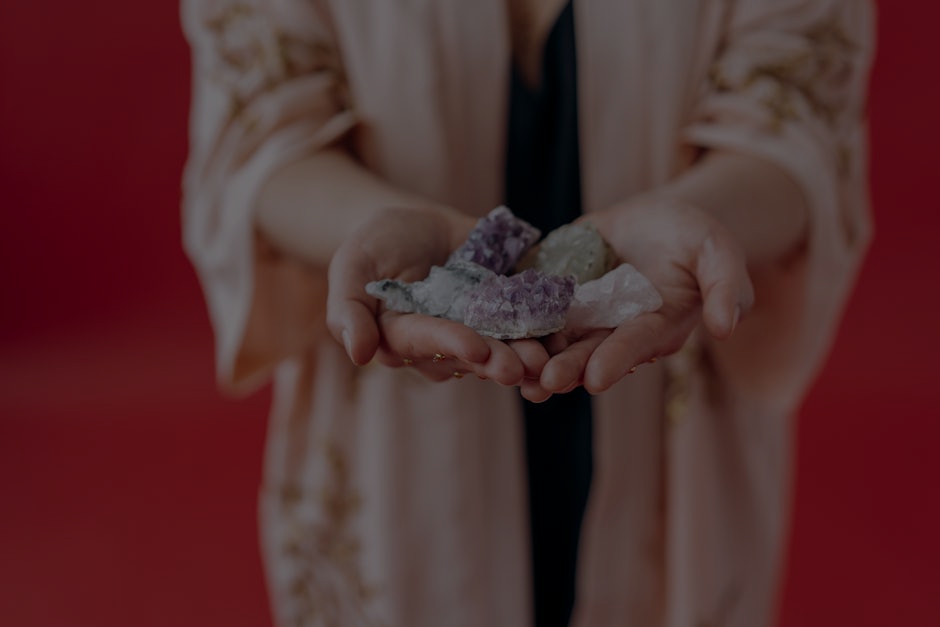**Title: Transform Your Space: Practical Tips for Integrating Feng Shui Ornaments into Modern Home Decor**
**Abstract:** Discover how to seamlessly blend feng shui ornaments into your contemporary living space, enhancing energy flow and creating a harmonious environment that resonates with modern aesthetics.
Understanding Feng Shui: The Essence of Energy Flow
Feng shui is an ancient practice rooted in the belief that our surroundings impact our well-being and prosperity. It emphasizes the importance of energy flow, or “chi,” in our environments. By understanding this principle, you can effectively incorporate feng shui ornaments into your home decor, creating spaces that not only look beautiful but also promote harmony and balance. Recognizing the significance of each ornament is crucial; they serve as conduits for positive energy, making your home a sanctuary of tranquility and joy.
Choosing the Right Ornaments: Aligning with Your Space
When selecting feng shui ornaments, consider the specific energy you want to cultivate in each room. For instance, a laughing Buddha statue can invite joy and abundance, while a crystal can enhance clarity and tranquility. Opt for pieces that resonate with you personally, as this connection will amplify their positive effects. Additionally, ensure that the colors and materials of your ornaments harmonize with your existing decor. This not only maintains aesthetic appeal but also strengthens the overall energy of the space.
Placement Matters: Strategic Positioning for Maximum Effect
The placement of feng shui ornaments is just as crucial as their selection. According to feng shui principles, each area of your home corresponds to different aspects of life, such as wealth, health, and relationships. For example, placing a wealth vase in the southeast corner of your living room can attract financial prosperity. Similarly, positioning a pair of mandarin ducks in the relationship corner (southwest) can enhance romantic connections. Be mindful of clutter; clear spaces allow energy to flow freely, enhancing the effectiveness of your ornaments.
Creating Balance: Harmonizing Elements and Shapes
Incorporating feng shui ornaments into modern decor requires an understanding of balance. Use a mix of shapes and materials to create visual interest while maintaining harmony. For instance, combining round and angular shapes can represent the balance between yin and yang. Additionally, consider the five elements of feng shui: wood, fire, earth, metal, and water. Integrate ornaments that represent these elements to create a well-rounded energy profile in your home. This approach not only beautifies your space but also nurtures a balanced atmosphere.
Integrating Modern Aesthetics: Blending Tradition with Contemporary Design
Modern home decor often emphasizes minimalism and functionality, which can sometimes clash with traditional feng shui principles. However, by selecting sleek, contemporary ornaments that reflect feng shui values, you can create a beautiful fusion. For example, choose geometric crystal sculptures or metallic wind chimes that add a modern touch while still serving a purpose in energy flow. This harmonious blend allows you to honor ancient traditions while embracing modern design sensibilities.
Personalization: Making Feng Shui Your Own
Ultimately, the key to successfully incorporating feng shui ornaments into your home is personalization. Reflect on your intentions and desires as you curate your space. Incorporate personal mementos, such as family photographs or travel souvenirs, alongside traditional feng shui items. This unique combination not only enhances the energy of your home but also creates a space that truly reflects your personality and aspirations.
By understanding the principles of feng shui and thoughtfully integrating ornaments into your modern decor, you can create a harmonious living environment that nurtures your well-being and fosters positive energy flow. Embrace the transformative power of feng shui, and watch as your home evolves into a sanctuary of peace and prosperity.



